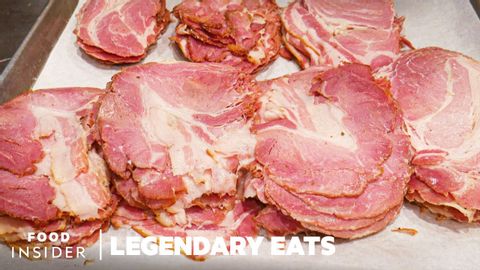
Subtitles & vocabulary
The Cuban Sandwich That Reigns Supreme in Miami | Legendary Eats
00
林宜悉 posted on 2020/11/24Save
Video vocabulary
process
US /ˈprɑsˌɛs, ˈproˌsɛs/
・
UK /prə'ses/
- Transitive Verb
- To organize and use data in a computer
- To deal with official forms in the way required
- Noun (Countable/Uncountable)
- Dealing with official forms in the way required
- Set of changes that occur slowly and naturally
A2TOEIC
More appreciate
US /əˈpriʃiˌet/
・
UK /ə'pri:ʃɪeɪt/
- Intransitive Verb
- To rise in value (of property or belongings)
- Transitive Verb
- To be thankful for; to value or admire
A2TOEIC
More crave
US /krev/
・
UK /kreɪv/
- Verb (Transitive/Intransitive)
- To have a very strong desire for something
B2
More Use Energy
Unlock All Vocabulary
Unlock pronunciation, explanations, and filters
